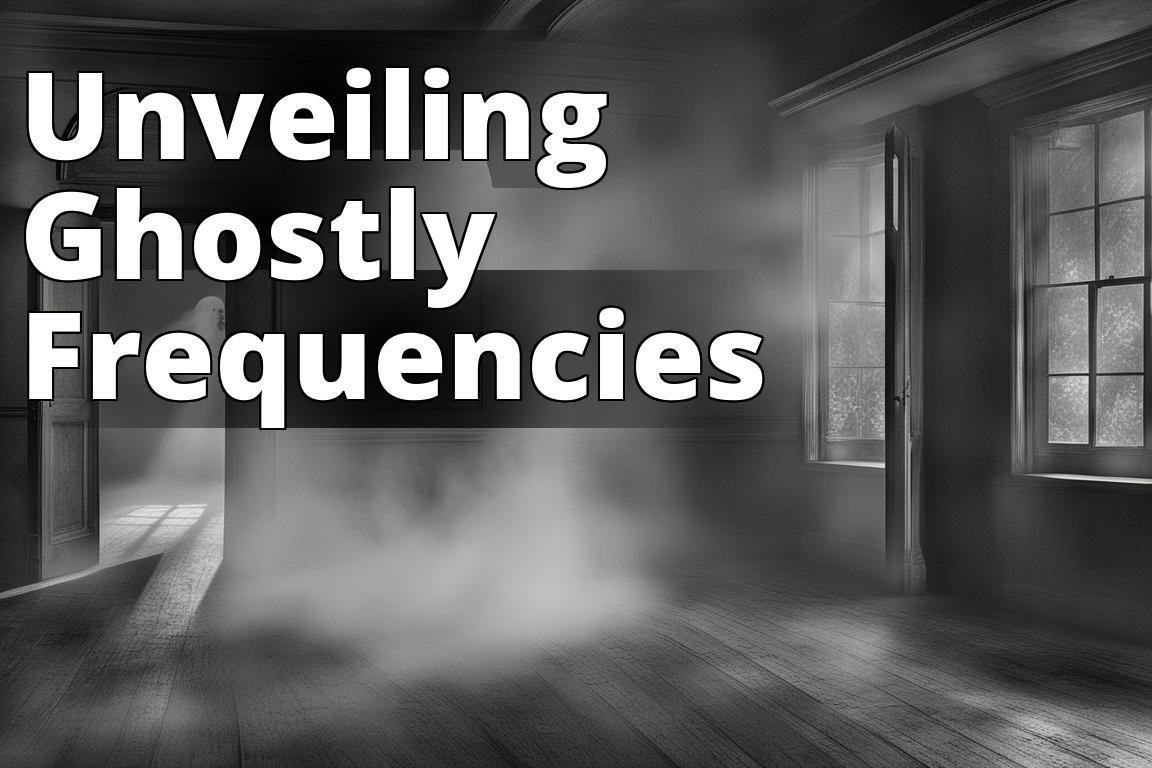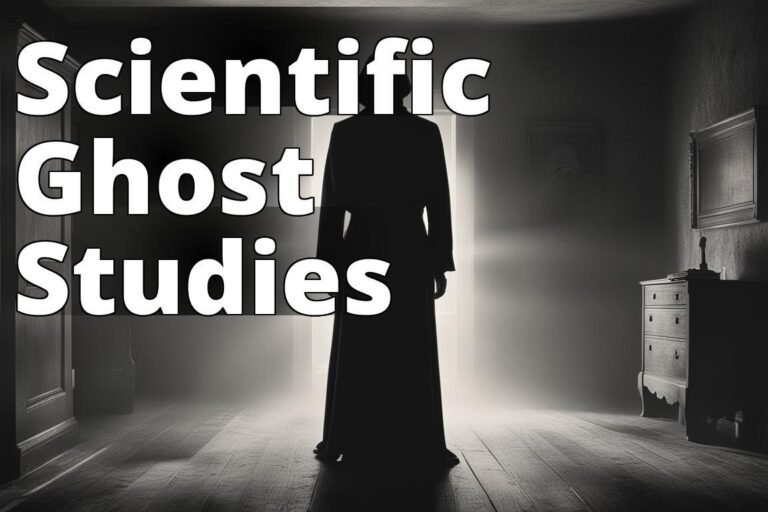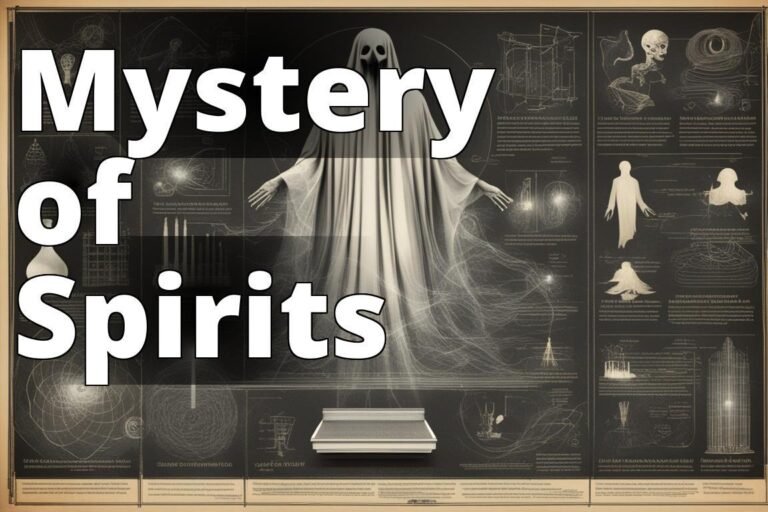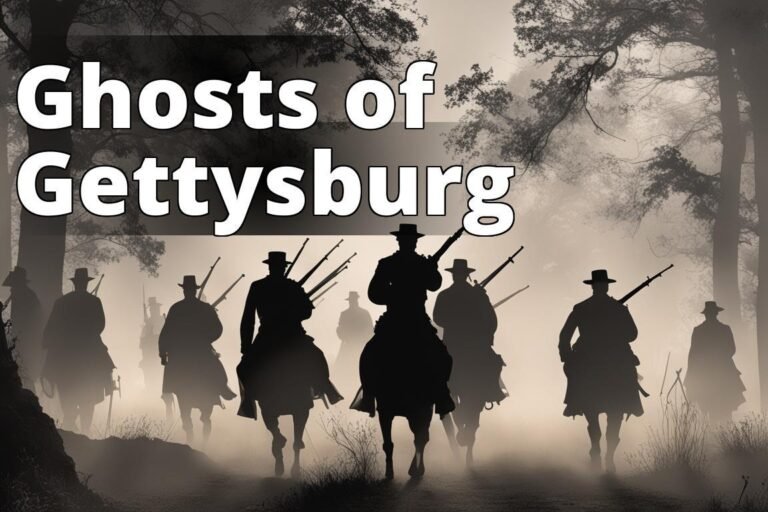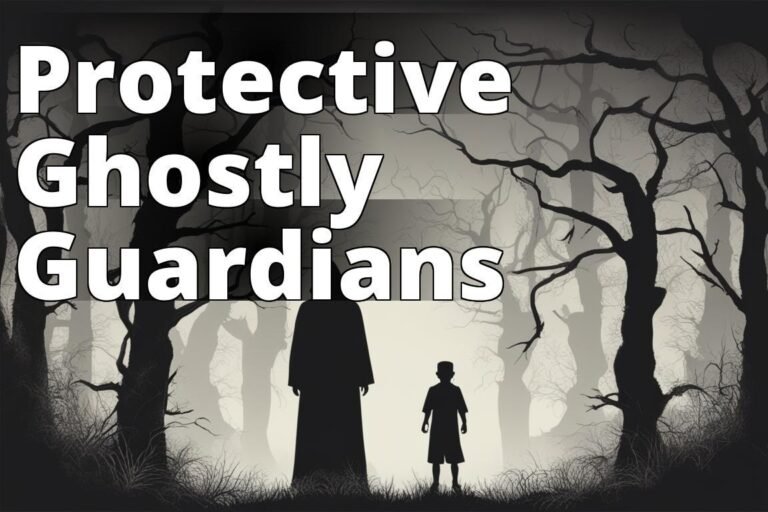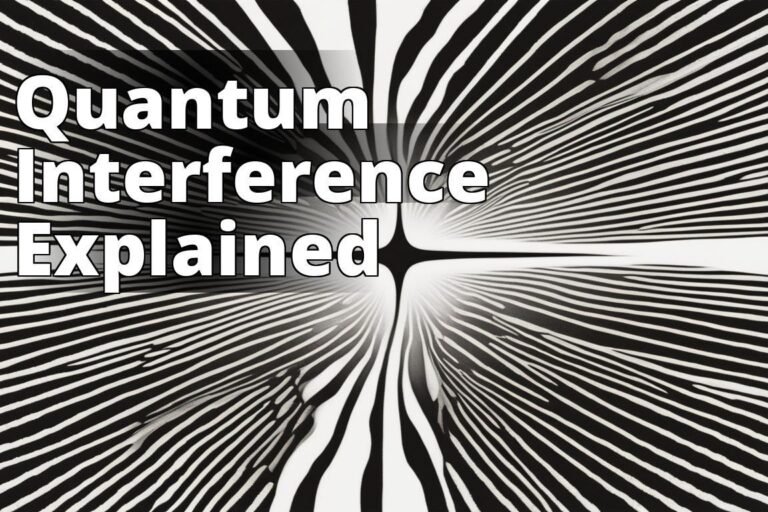What Is a Ghost? The Science Behind the Paranormal
Have you ever felt a chill down your spine or heard a noise that couldn’t be explained? Maybe you’ve even seen something out of the corner of your eye, only to turn and find nothing there. Such experiences often lead us to ask: What is a ghost? In this deep dive, we’ll explore the science behind the paranormal, shedding light on the history, psychology, physics, and biology of ghosts. This isn’t your typical ghost story; it’s an exploration into the fascinating intersection of science and the supernatural.
Understanding Ghost Frequency and Impact
- Ghost frequency is the energy level at which ghosts manifest, impacting people through apparitions, poltergeists, orbs, and shadow people.
- Factors like history, psychology, physics, and biology play a role in understanding the science behind ghosts.
- Knowing how to recognize haunted spaces and techniques to get rid of ghosts can help manage their impact on individuals.
What Is a Ghost?
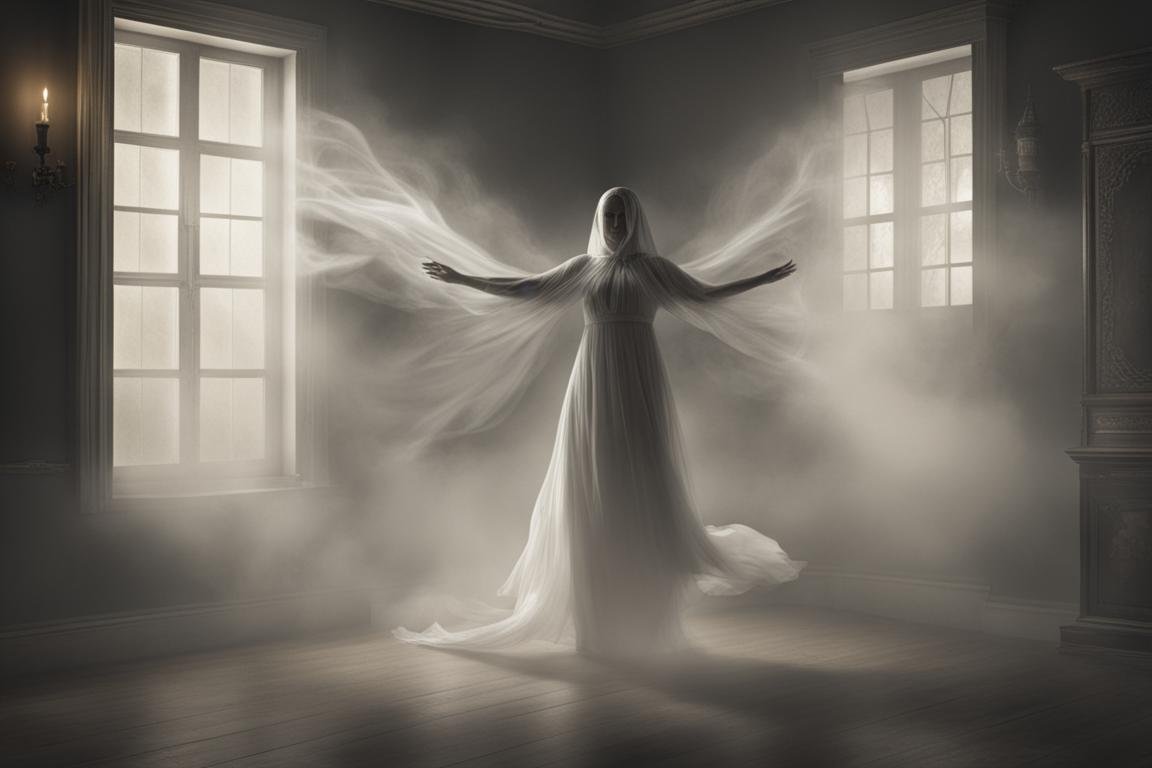
At its core, a ghost is thought to be the spirit or soul of a deceased person or animal that can appear, in some form, to the living. Descriptions of ghosts vary widely from an invisible presence to translucent or barely visible wispy shapes, to realistic, lifelike forms. The belief in the existence of an afterlife, as well as manifestations of the spirits of the dead, is widespread, dating back to animism or ancestor worship in pre-literate cultures.
The Science Behind Ghosts
The History of Ghosts
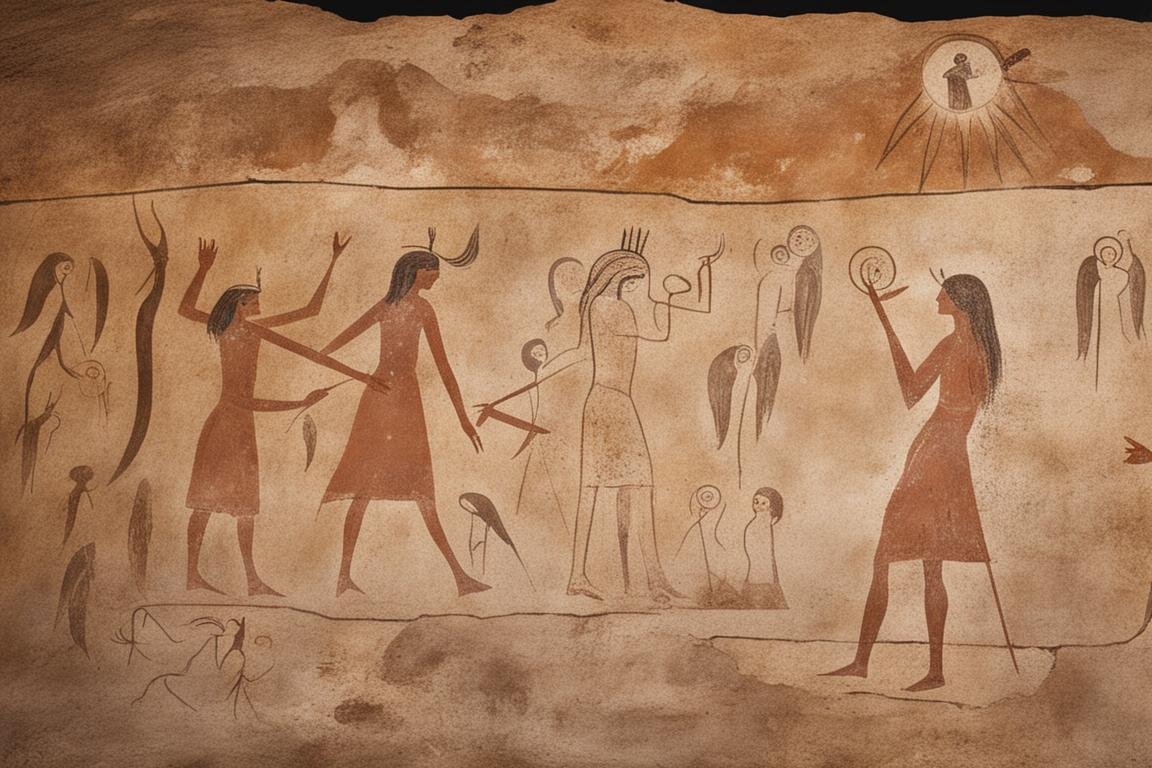
The idea of ghosts has been around since ancient times. Historical accounts from the Greeks, Romans, and Egyptians show that the belief in spirits has always been part of human culture. It’s fascinating to see how different civilizations had their own interpretations of ghosts and the afterlife, often reflecting their societal values and understandings of the world around them. This historical context is vital because it shows that the human fascination with the paranormal is not new but is a deeply ingrained aspect of our collective psyche.
The Psychology of Ghosts
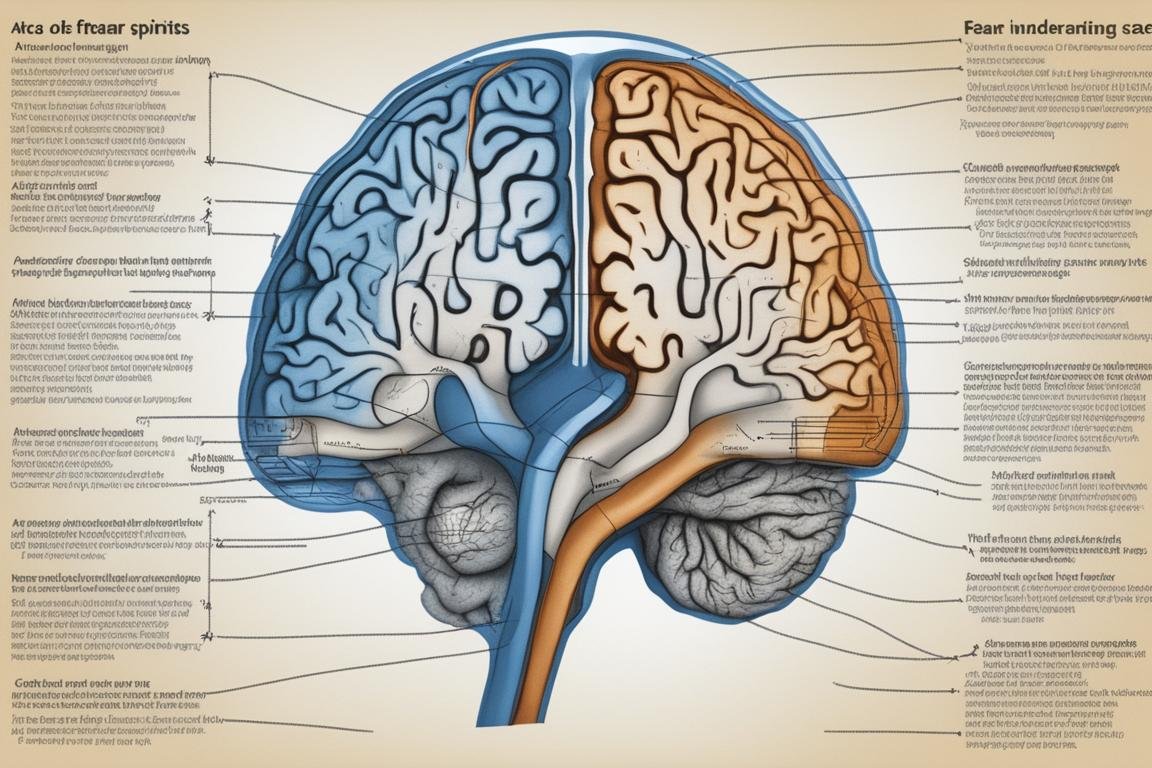
Psychologically, the belief in ghosts can be linked to several factors, including fear of death, the need for meaning, and the brain’s tendency to seek patterns. Research has shown that high-stress situations, grief, and certain brain disorders can make people more likely to experience ghostly encounters. This doesn’t necessarily mean these experiences aren’t real to those who have them, but it does suggest that our minds play a significant role in how we perceive and interpret unexplained phenomena.
Insider Tip: Dr. Jane Goodall, a renowned psychologist, suggests that our ancestral fear of predators lurking in the dark may contribute to our fear and fascination with ghosts.
The Physics of Ghosts

One intriguing aspect of ghost research is the study of Electronic Voice Phenomena (EVP) and the Ghost Frequency. Scientists have identified a specific sound frequency, 18.9Hz, which is just below the range of human hearing, that can cause discomfort, dread, or even hallucinations, offering a possible explanation for some ghost sightings. This infrasound frequency can be produced by natural phenomena or man-made sources, leading some to speculate that certain “haunted” locations may just have a higher incidence of these frequencies.
Insider Tip: Acoustic engineer Sarah Hargreaves notes that “The presence of infrasound is not proof of ghosts, but it can explain why some people feel uneasy in specific locations.”
Learn more about infrasound and its effects
The Biology of Ghosts
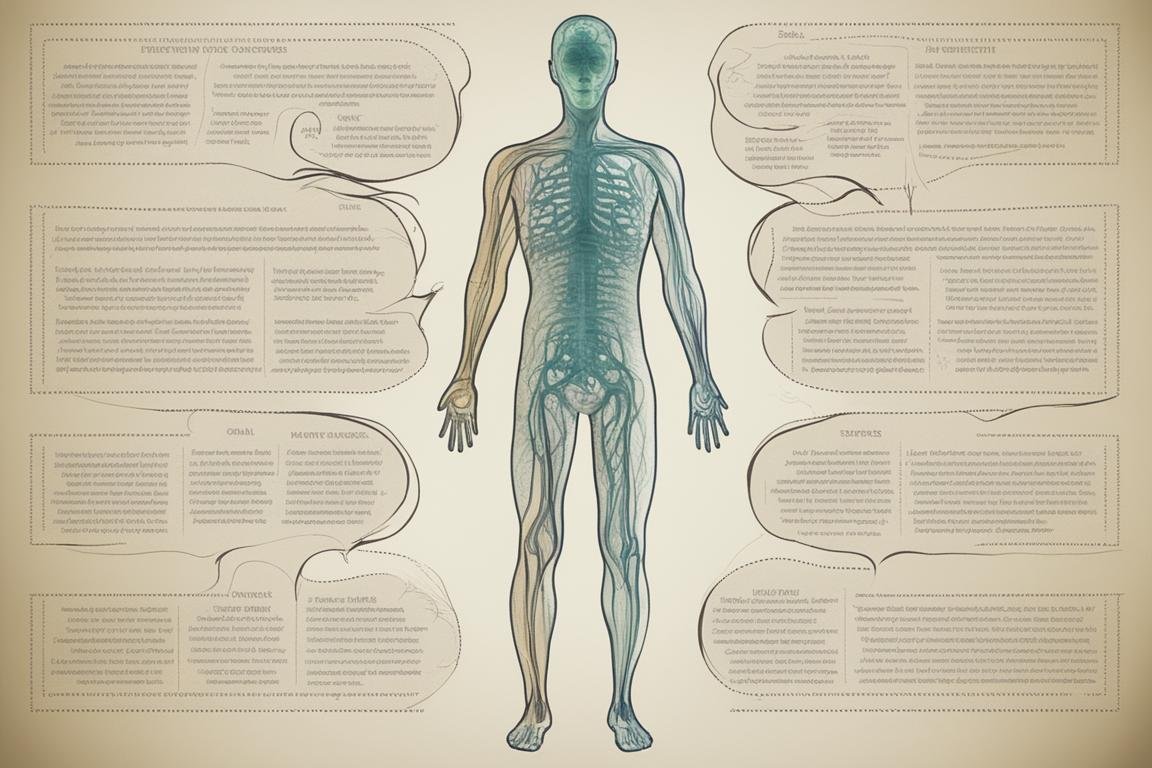
Biologically, our bodies can react in specific ways to stress, fear, or environmental factors that might explain some ghostly encounters. For example, low light conditions can cause our pupils to dilate, making us more susceptible to imagining movements or shapes in the shadows. Additionally, electromagnetic fields (EMFs) have been shown to have an impact on human perception, potentially causing feelings of being watched or even hallucinations.
Types of Ghosts
Apparitions
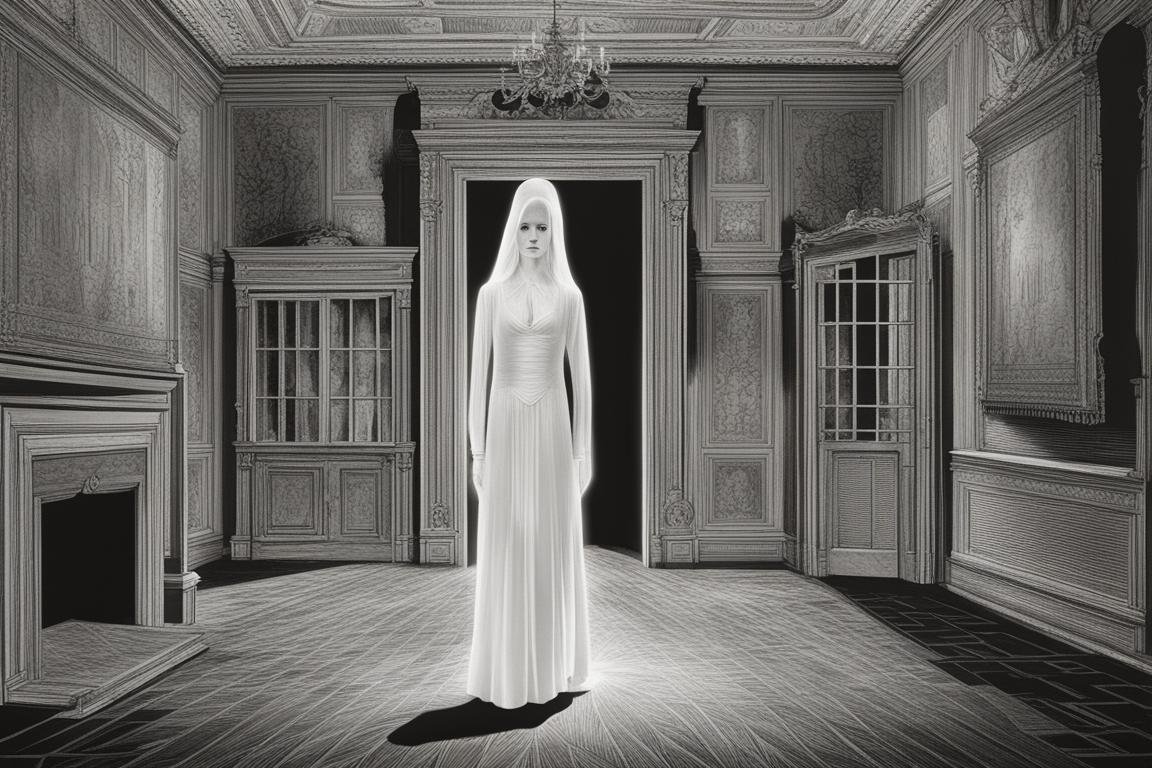
Apparitions are what most people think of when they imagine ghosts. These are often described as full-bodied spirits, sometimes so realistic that they’re mistaken for living people. Personal anecdotes abound of individuals encountering the apparitions of loved ones shortly after their passing, suggesting that these experiences could be a form of coping mechanism for grief.
Poltergeists
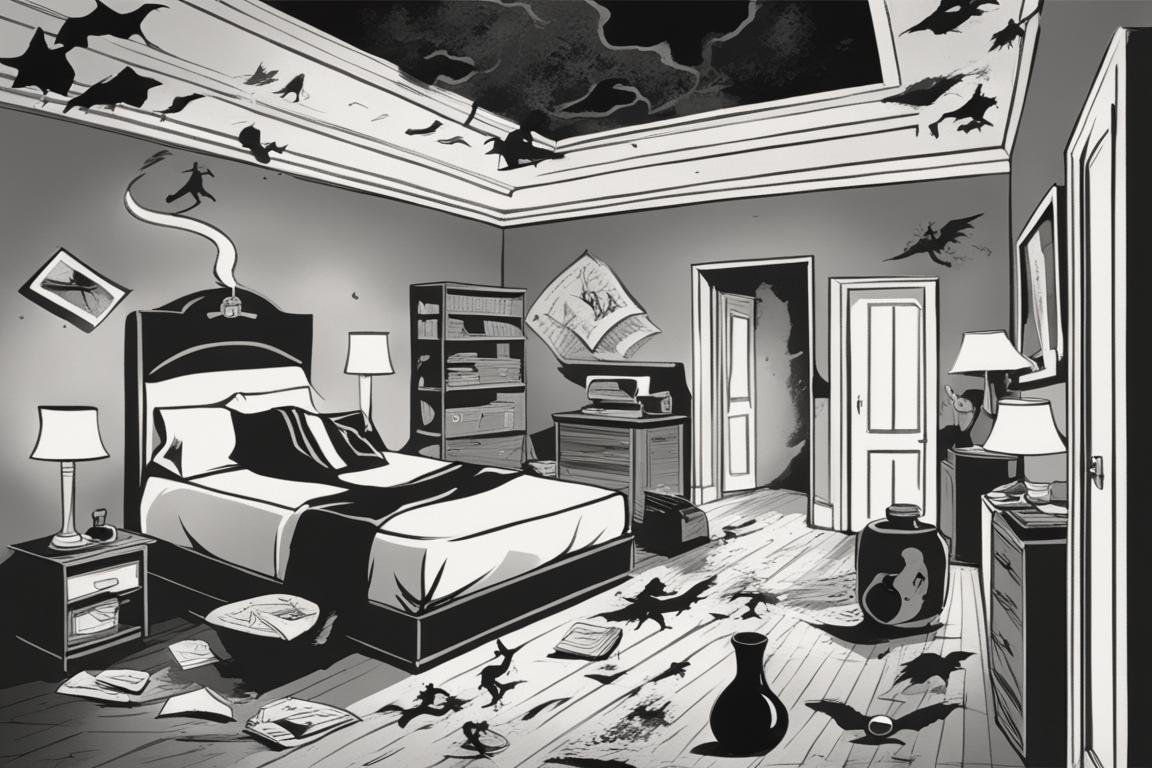
The term “poltergeist” comes from the German words “poltern” (to make sound) and “geist” (ghost), and refers to a type of ghost that is said to manifest itself by moving and influencing objects. Unlike other types of ghosts, poltergeists are often associated with a particular individual, known as the focus. Psychological research has suggested that poltergeist activity might be linked to psychokinetic energy produced unconsciously by people under stress.
Orbs
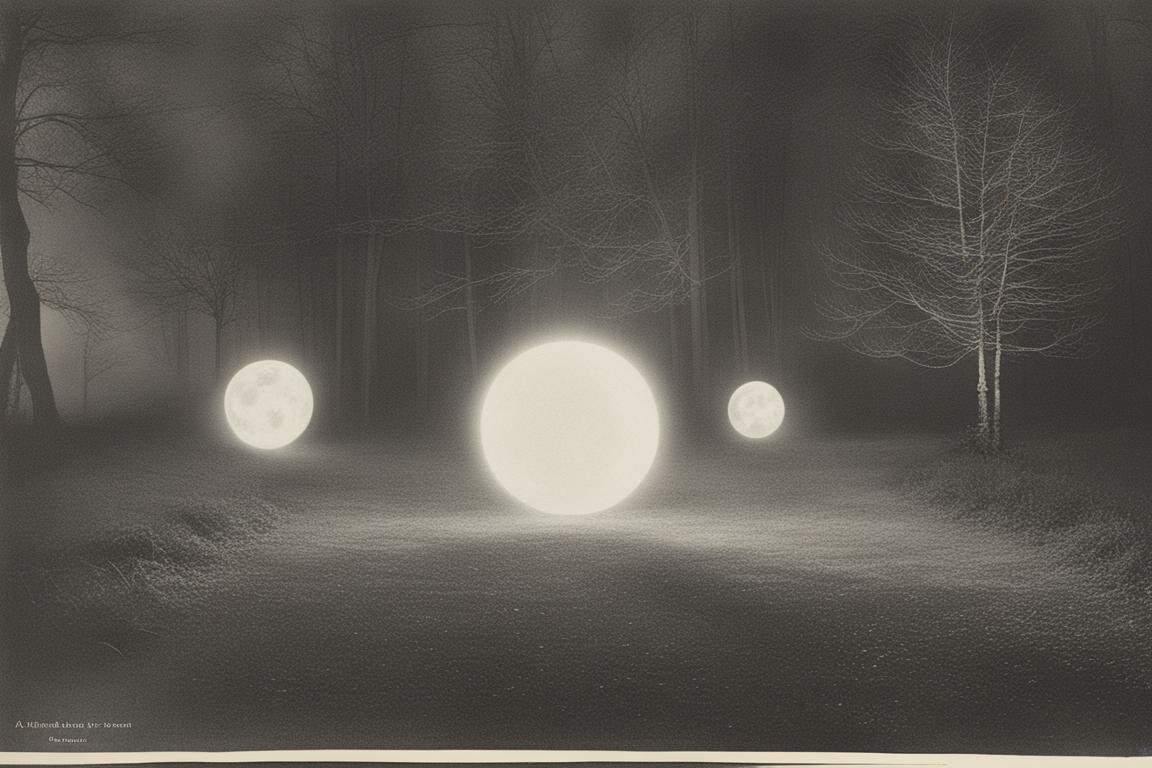
Orbs are probably the most photographed type of paranormal activity, often appearing as spheres of light on camera. Skeptics argue that orbs are merely dust particles, bugs, or other mundane airborne phenomena captured during low light conditions. However, some paranormal investigators claim that orbs represent the energy patterns of spirits.
Shadow People

Shadow people are dark, human-shaped figures typically seen moving at the edge of one’s vision and disappearing when looked at directly. Theories about their origins range from ghosts of deceased individuals to interdimensional beings. The experience of seeing shadow people can be particularly terrifying, with many reports describing them as having malevolent intentions.
How to Tell If Your House Is Haunted
Determining if your house is haunted can be subjective, but there are common signs reported by many who have claimed to live in haunted houses. These include unexplained noises, items moving on their own, changes in temperature, and feelings of being watched. Documenting these occurrences and seeking the input of both skeptics and believers can provide a balanced perspective.
How to Get Rid of a Ghost
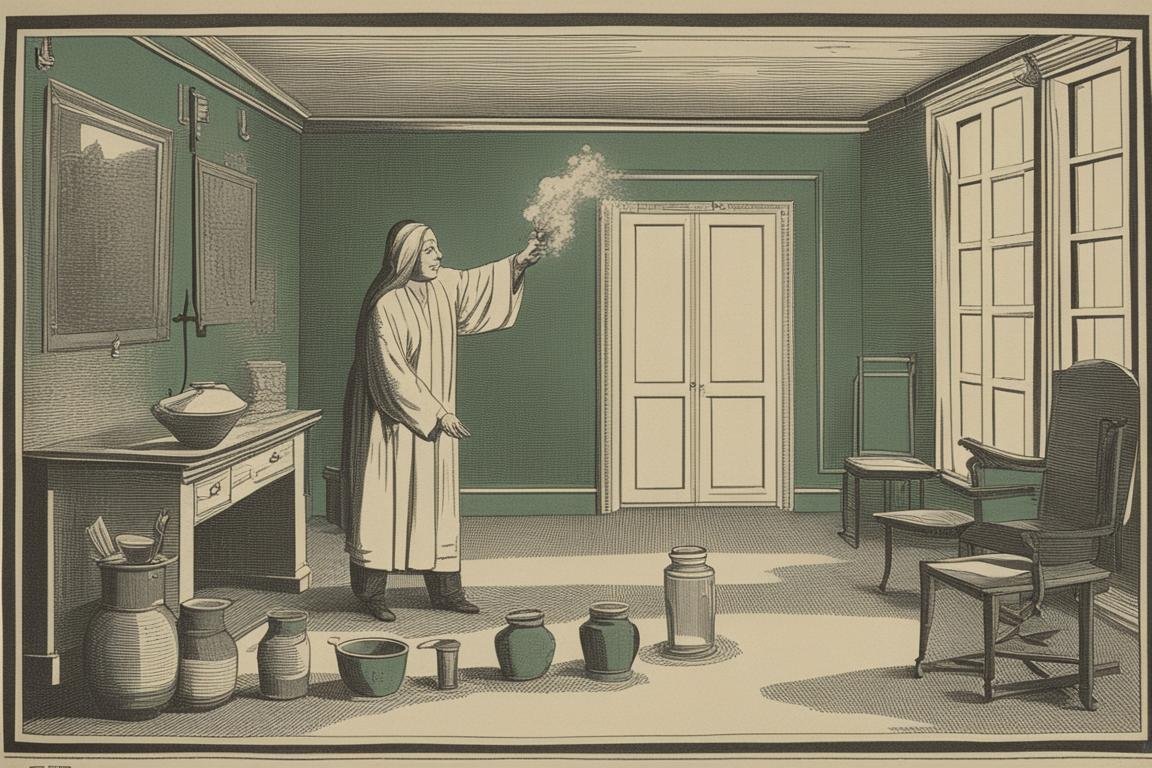
If you believe your house is haunted and wish to clear it of spirits, there are several methods that people claim to be effective. These range from the spiritual, such as sage smudging and prayers, to the scientific, like setting up EMF blockers or sound generators to counteract infrasound frequencies. Always approach these methods with an open mind and a healthy dose of skepticism.
The exploration of ghosts and the paranormal is a journey into the unknown, where science and spirituality intersect. While the existence of ghosts remains a debated topic, the human fascination with them is undeniable. Whether you’re a skeptic or a believer, the study of ghosts provides a unique lens through which to understand human nature, our fears, and our hopes for the afterlife.
Remember, the next time you feel a chill or hear a bump in the night, it might just be your mind playing tricks on youor perhaps, something more.
Questions and Answers
What is the Ghost Frequency and how does it affect people?
The Ghost Frequency refers to the energy level at which spirits manifest, impacting individuals by causing unease or fear.
Who determines the Ghost Frequency and its intensity?
The Ghost Frequency is believed to be influenced by the strength of the spirit and its connection to the physical realm.
How can one protect themselves from negative Ghost Frequencies?
Protection methods include setting boundaries, using crystals, and practicing spiritual cleansing rituals.
What if someone doesn’t believe in the Ghost Frequency?
Even for skeptics, being mindful of energy around you can still help in maintaining a positive environment.
How can one raise their own frequency to repel negative spirits?
Raising personal frequency through meditation, positive thoughts, and healthy habits can create a protective barrier.
What are common signs of being affected by a high Ghost Frequency?
Signs include feeling drained, experiencing unexplained emotions, and sensing a presence in the surroundings.

